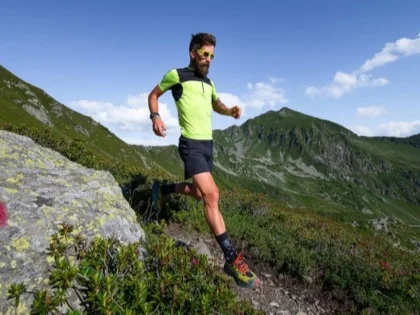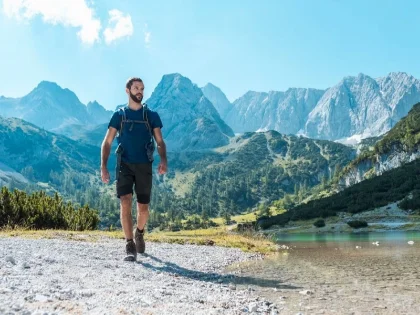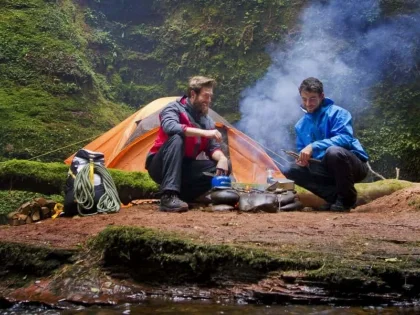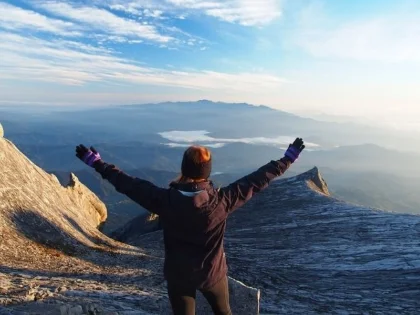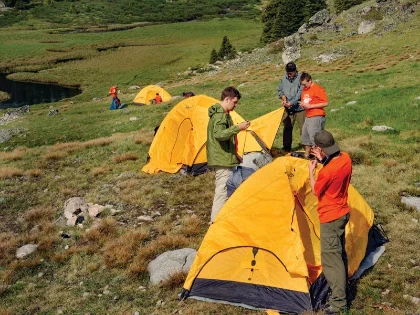How Is Your Back Built by Climbing?
There's much more to climbing than just using your arms to haul yourself up the wall. It is mostly composed of your back muscles, particularly your lats, rhomboids, and trapezius.
Climbing, however, is also a fantastic full-body exercise that may improve your confidence, agility, and grip strength, as well as your core stability. It might even gradually increase the size of your back and arm muscles.
Your rear end
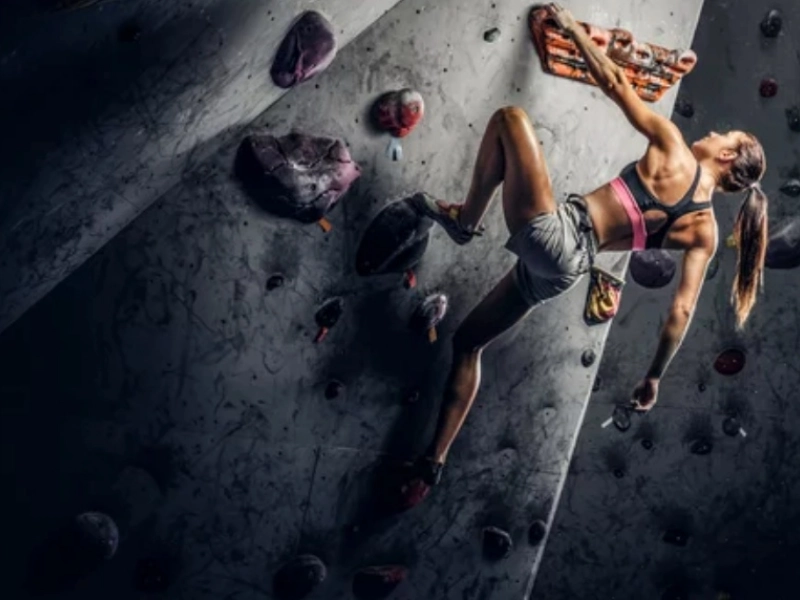
Anyone who has ever climbed a rock wall would attest to the fact that pulling oneself up requires a lot of strength. Rhomboids, trapezius, and latissimus dorsi, or lats, are the primary back muscles involved in climbing. Climbing also works the triceps and biceps, which are muscles used in pushing motions.
Together, these muscle groups support the spine, aid in shoulder extension and rotation, and adduct the arms. This set of activities, referred to as antagonist training, is critical for the growth of robust and fit climbers.
Without the need to work out at the gym, climbing is a potent form of exercise that develops amazing strength. The nicest aspect is that you can enjoy yourself to the fullest outside! Try it out and observe how your body reacts. You'll quickly become a believer! Cheers to a more resilient you! Remember to also take a look at our other climbing fitness articles.
Your rhomboids
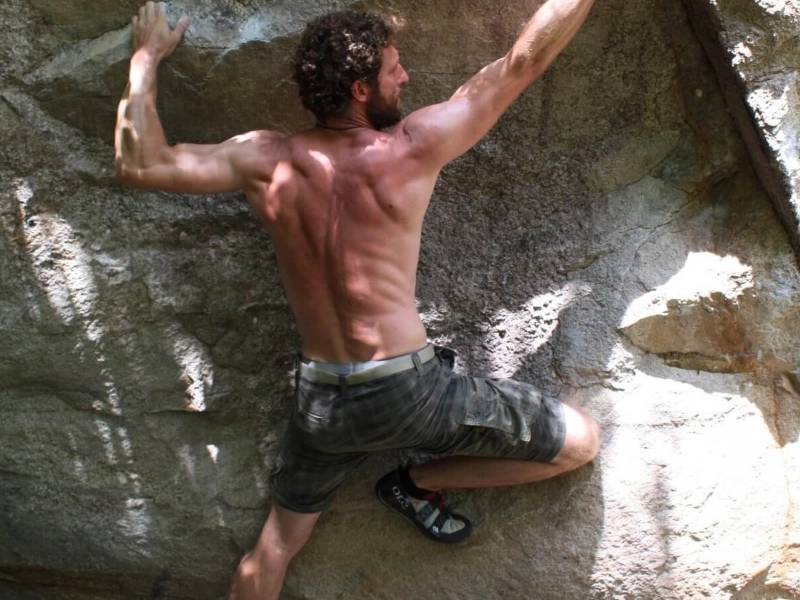
Climbing is an intense physical activity that calls for strong muscles. In addition, it puts additional strain on your heart as it pumps blood enriched with oxygen to your working muscles and perspiring skin, keeping you cool and hydrated.
While your lats are the main back muscles used in climbing, your anterior deltoids, trapezius, and rhomboids are also heavily used. For that firm hold on the rock, the flexor carpi radialis, flexor digitorum superficialis, and flexor ulnaris are among the forearm muscles that are used.
Climbing also strengthens the rotator cuff, a group of four muscles that support and stabilize your shoulder joint. When climbing, it's easy to inadvertently develop muscular imbalances that can lead to the dreaded climber's hunch, but these can be avoided with a few basic mobility and strength exercises. Among them is stretching the pectoralis major, a fan-shaped muscle located in your thoracic lateral wall. It causes the scapula, or shoulder blade, to extend when you punch like a boxer and tuck your abdomen in to deliver a fantastic hook.
The trapezius of your

The movement required for climbing puts a lot of strain on your trapezius muscles. These muscles, which resemble wings, are in charge of drawing your shoulders back and supporting your body as it approaches the wall. They collaborate with the anterior deltoid and rhomboids to enable climbing.
This muscle is being worked in all directions when you pull yourself up a rock wall, which will eventually result in major development. Two of the strongest workouts for this key muscle group are shrugs and deadlifts, which you can perform to build your traps.
Having a firm grip will help you avoid the dreaded climber's hunch, which makes you resemble Quasimodo from Notre Dame with your upper back rounding out. Your grip muscles also work with a variety of other muscles, such as your core and forearms. Because of this, your hands become extremely strong and resilient to the strain of climbing.
Your legs
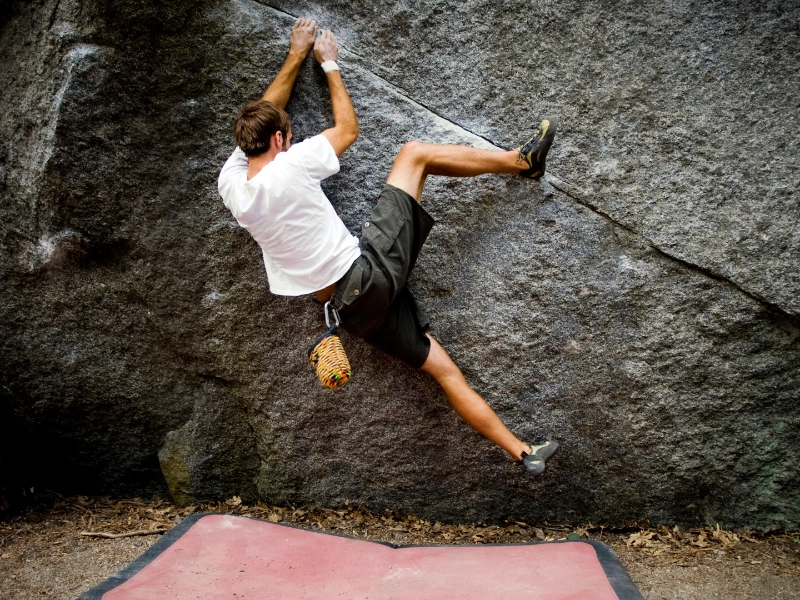
Stepping on your toes to reach a handhold above you works your soleus and gastrocnemius muscles. Your quadriceps, the four major muscles at the front of your thigh, are also worked out while you climb. When you set your foot on a grip, these assist in straightening your lower leg from a bent posture.
When you draw yourself upward toward a hold on the wall, you also activate your rhomboids and latissimus dorsi. Although they don't play as big of a role in this activity as the muscles in your chest do, they nonetheless contribute.
Climbers, therefore, usually don't gain a lot of muscular mass. This is a result of their emphasis on developing their arms, shoulders, back, and core in order to achieve a high strength-to-bodyweight ratio. Climbing, however, continues to define muscles a great deal, especially in the arms and shoulders. This is because climbing involves a significant number of eccentric muscular contractions.
